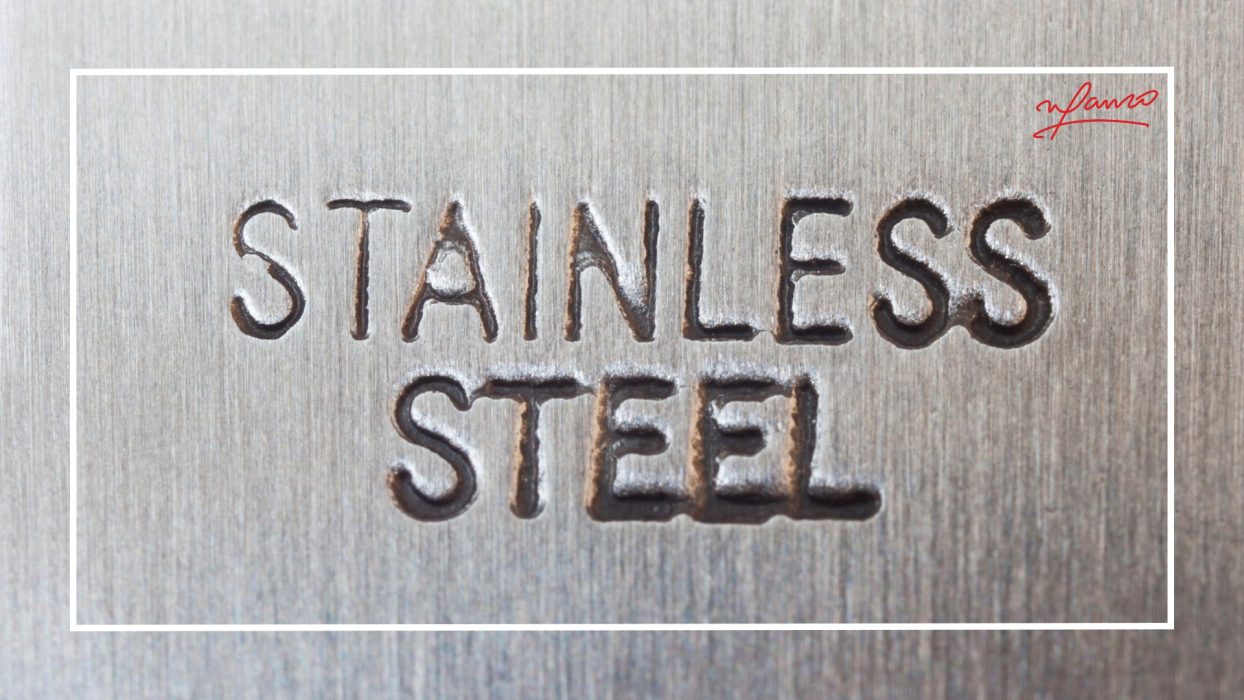Mild Steel Plates Advantages and Applications
Introduction
Mild steel plates are the dependable choice when you want easy fabrication, predictable strength, and practical cost. They cut cleanly, weld without surprises, and arrive in sizes that keep shop floors productive. This guide explains why mild steel plates work so well, where they deliver the most value, how to select grades and tolerances, and what to include in your RFQ so quotations and inspections stay smooth.
What is a mild steel plate
Mild steel is low carbon steel designed for balanced strength and ductility. Plates are rolled in many thicknesses and widths for structures, tanks, frames, and general engineering work. The material accepts common welding processes and standard coatings, which makes it a favorite on busy projects across India and abroad.
Key advantages of mild steel plates
- Friendly fabrication
Cuts, drills, and bends with standard shop tools. Supports SMAW, GMAW, and SAW with stable arc behavior. - Predictable mechanicals
Reliable yield and tensile values that engineers can design around with confidence. - Good ductility and toughness
Accepts forming and absorbs local stresses during fit up and welding. - Wide availability
Common grades and practical sizes are easy to source which keeps schedules moving. - Cost effectiveness
Competitive price per ton and low processing effort produce a strong total value. - Coating compatibility
Works well with blasting and paint systems for outdoor and marine exposure. - Traceability and compliance
Clear heat numbers and mill test certificates support inspection and handover.
Typical applications by industry
Construction and infrastructure
Base plates, gussets, stiffeners, connection plates, stair stringers, mezzanine decks, handrail posts, bridge diaphragms, and temporary works such as formwork backs.
Storage and process equipment
Atmospheric tanks, bins, hoppers, and silos. Ducting for dust collection and material handling. Skids and frames for pumps, compressors, and utilities.
Power and utilities
Equipment foundations and sole plates. Platforms, ladders, and walkways. Ducts and casings that do not see high temperature or pressure.
Heavy machinery and OEM fabrication
Machine beds and bases, guards and covers, fixtures and jigs, transport frames, and chassis members for industrial trailers.
Marine and repair
Bulkheads, ramps, and deck strengthening in zones protected by coating systems. Fender and bollard backing plates.
For fundamentals on properties and available sizes, visit our Mild Steel Plates page.
Grade and standard selection
- IS 2062 E250
A practical choice for general structures and shop fabrications. - IS 2062 E350
Higher strength for weight savings and stiffness targets. - ASTM A36
Accepted on many international jobs and mixed standard projects.
When you specify, mention the standard, grade, and delivery condition along with test requirements. This keeps evaluation clear for both procurement and inspection teams.
Thickness and size choices
Select the thinnest plate that meets design loads and stiffness. Thinner plates reduce weld volume and handling time without compromising safety when the design allows it. Match your drawing sizes to standard mill widths and lengths to reduce offcut waste and speed nesting.
Tolerances and flatness that prevent rework
Define expectations at inquiry stage rather than fixing problems later.
- State the thickness tolerance class that suits your machining or sealing needs.
- Set a flatness target that supports gasket seating and accurate fit up.
- Confirm edge condition such as mill edge or trimmed edge.
- Ask for leveling where tight flatness is essential.
Surface condition and finishing options
- Mill finish when you plan to blast and paint in house.
- Shot blasted and primed when you want to move directly to layout and welding.
- Clean identification with plate numbers and heat numbers to simplify receiving and traceability.
Fabrication notes for better outcomes
- Keep plates dry and clean before welding to avoid porosity.
- Mark heat numbers on cut parts and maintain traceability through each operation.
- Balance weld sequences to control distortion on long seams.
- Verify identity and orientation before bending or forming.
- Use visual checks and non destructive tests as drawings or codes require.
Documents and inspection you should request
- EN one zero two zero four type three point one mill test certificates with chemistry and mechanical results tied to the heat number.
- Ultrasonic testing reports for critical parts when project documents call for it.
- Packing lists and plate identification that mirror your purchase order.
- Support for third party inspection when clients mandate it.
RFQ checklist for faster quotes
Share these points and you will receive a precise offer without revision loops.
- Standard and grade such as IS 2062 E250 or E350 or ASTM A36
- Thickness, width, length, and quantity
- Tolerances for thickness and flatness and the required edge condition
- Surface preference such as mill finish or shot blasted and primed
- Processing needs such as cutting, bevels, marking, and bending
- Document and inspection scope
- Delivery location and target date
Frequently asked questions
Can mild steel be used outdoors
Yes with an appropriate blasting and paint system. For aggressive coastal or chemical environments consider alloy or stainless options.
Is preheat required for welding
Often not for common thicknesses. Follow your welding procedure and consider restraint, ambient temperature, and hydrogen control.
Can I mix mild steel with alloy parts
Yes with suitable filler metal and a clear welding procedure. Align inspection notes in advance.
Why teams choose Namco Industries
Namco Industries supplies mild steel plates with consistent chemistry control, precise rolling, and reliable dispatch windows. You receive plates that fit up cleanly, weld predictably, and pass inspection without friction. Our teams align supply with your fabrication plan so your shop stays productive and your site stays on schedule.
Conclusion
Mild steel plates shine where you need practical strength, fast fabrication, and clean paperwork. Choose the right grade, set tolerance and finish expectations early, and lock the document plan. Ready to move from drawings to a precise quote
Click Here to share your requirement and receive stock status, lead time, and a complete RFQ.



